On our seventh day of the trip, we drove through a coffee-growing region. This is a just simple photo diary with pictures of the town.
My trip was organized by Global Exchange and Food First. You can find out about future Food Sovereignty tours at the link.
We left Rurrenabaque to visit a town called Sapecho in Bolivia's top chocolate-growing region. In Rurrenabaque, I had purchased a bag of coffee called Cafe Mujer. The bag claimed to be both fair trade and organic (I think), but without any of the familiar U.S. certifications, all I could do was trust. At any rate, the coffee was so cheap, they were practically paying me to take it. I pay $11 per pound for my coffee at home. The bag of Cafe Mujer was 25 Bolivianos, or about $4.
As we drove to Sapecho, we passed the Pilon Lajas Biosphere Reserve and drove up into the mountains. Good coffee requires elevation. Daniel, whose farm we had just visited, was in the same car as me, and he pointed out the town that produces Cafe Mujer. He said they likely have a bit of extra wealth from their coffee, and perhaps some of the families own cars as a result. I did not get any sort of in depth look at the lives the people of the town lead, but it certainly did not look like anyone there was wealthy. And this town is the beneficiary of a fair trade program (for at least the segment of their coffee sold under the Cafe Mujer brand). If this is fair trade, what does unfair trade look like?

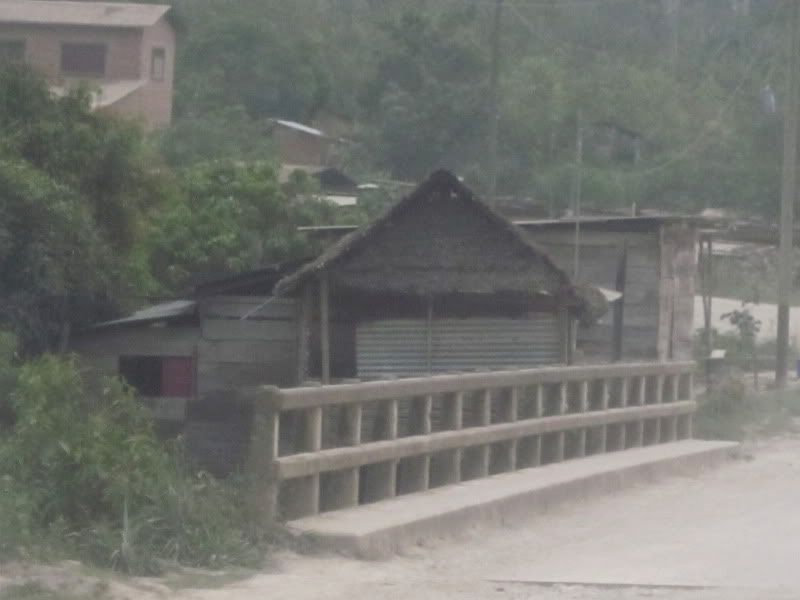

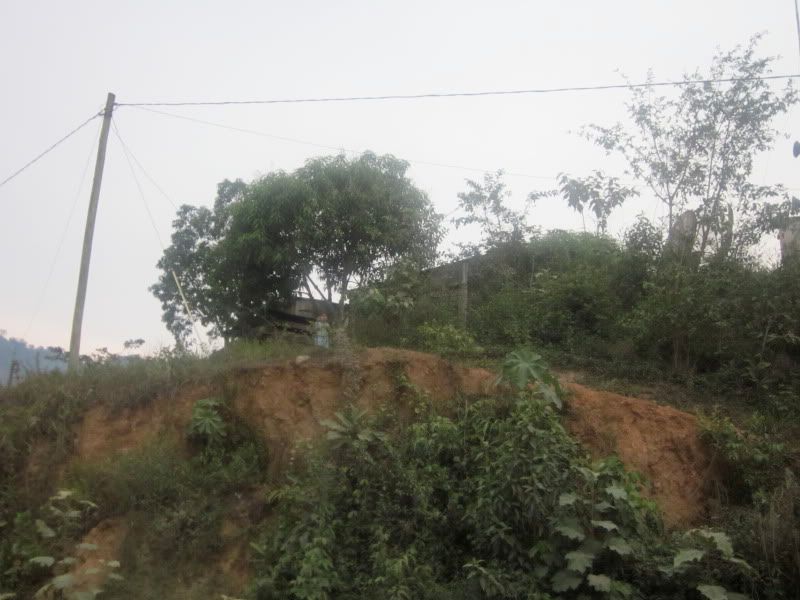
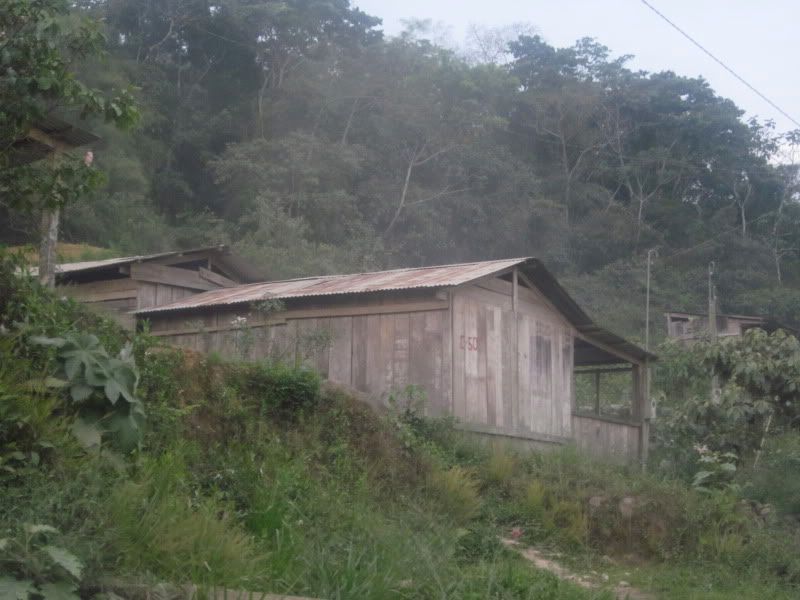
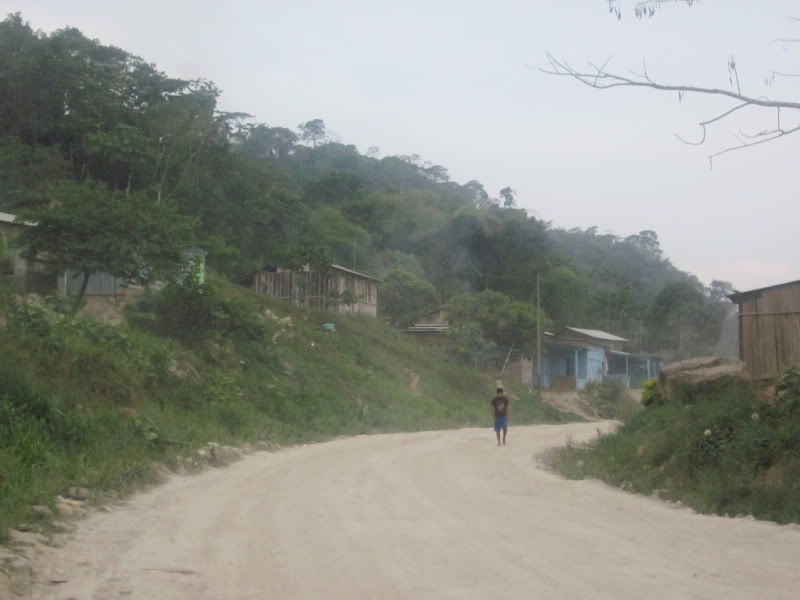
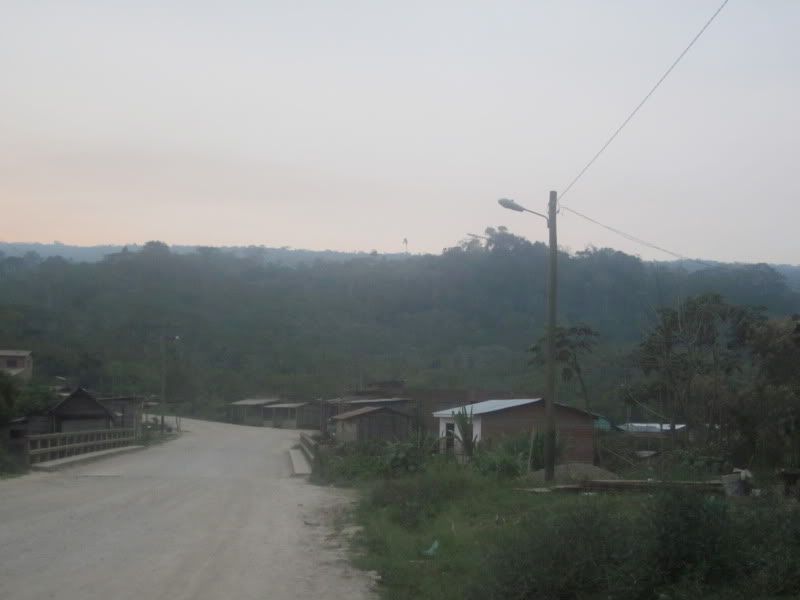
No comments:
Post a Comment